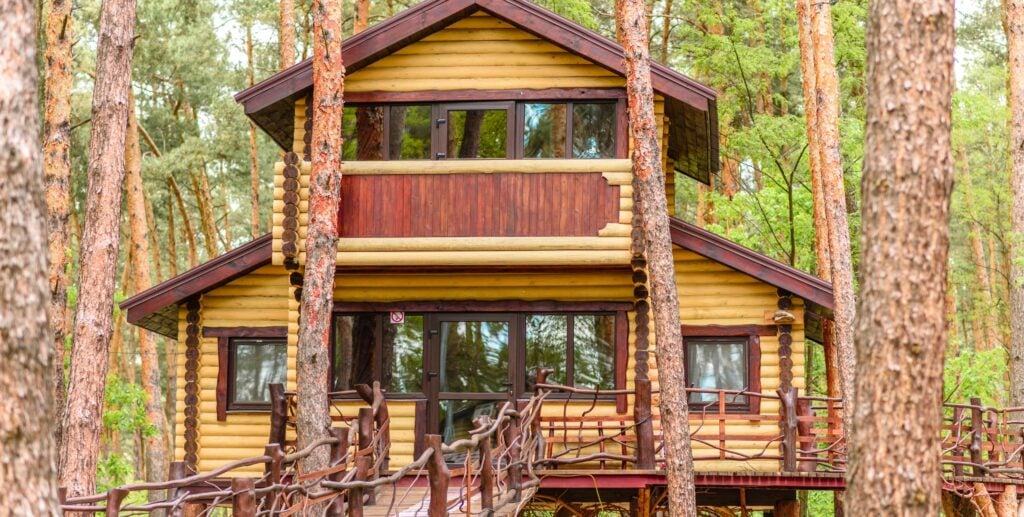After a surge in June, the July 2025 building approval figures tell a different story – prompting industry bodies to call for urgent action.
In July 2025, the total number of building approvals fell 8.2% to 15,769 according to the latest seasonally adjusted numbers from the Australian Bureau of Statistics (ABS).
The fall comes after June recorded the highest level of approvals since August 2022.
July’s decline was driven largely by a 22.3% drop in approvals for private dwellings excluding houses – a category that covers apartments, semi-detached homes and townhouses.
July's building approval numbers fell 8.2%, according to ABS data. Picture: Getty
Last month, this specific category also saw its highest rise since December 2022, jumping 33.5%.
Across the states, results were mixed. New South Wales and South Australia fell by 24.6% and 1.3% respectively in overall aprovals, but Tasmania, Western Australia, Queensland and Victoria rose by 12.2%, 11.8%, 5.8% and 0.7%.
Detached house approvals rose 1.1% to 9288, rebounding after a 1.9% fall in June.
“New South Wales and Western Australia had the strongest rise in private sector house approvals, with both states up 3%,” ABS head of construction statistics Daniel Rossi said.
“Victoria gained 1.3% and has risen for a fourth consecutive month. South Australia was the only state to record a fall, down 6.1%,” he added.
A mixed bag for housing supply
While June’s figures were the strongest in nearly three years, industry bodies say Australia still has a long way to go to meet its housing targets.
To achieve the National Housing Accord’s goal of 1.2 million new homes by 2029, the nation needs to be building 20,000 homes each month. Completions should be higher than that, as inevitably some projects will never get off the ground.
According to the Property Council of Australia, July’s numbers were “a disappointing step back after two months of rising home approvals”.
Property Council executive policy and advocacy Matthew Kandelaars said while progress has been made on planning and zoning reforms, momentum needs to be sustained.
Just last week, the federal government announced it would pause further updates to the National Construction Code to help reduce delays in home building.
Private dwellings excluding houses drove the decline with a 23.3% in approvals. Picture: Getty
“Progress is being made, but the supply pipeline remains constrained, as these numbers show,” Mr Kandelaars said.
“Apartment approvals can be volatile, but it is still disappointing to see a significant drop over the month.”
Despite July’s dip, Mr Kandelaars noted that approvals have improved over 12 months.
“Overall home approvals are up 6.6% from the same time last year, while private sector dwellings excluding houses approvals rose 12.5%,” he said.
The Housing Industry Association (HIA) welcomed the rise in detached house approvals, especially with the potential impact the 5% deposit guarantee can bring.
HIA senior economist Maurice Tapang said initiatives targeting first home buyers can have a significant effect.
“Around a third of all new homes are built by first home buyers, and in the long-term, initiatives that reduce the cost of first home buyers entering the market will lead to an increase in new home commencements,” Mr Tapang said.
He also pointed out the role of interest rate cuts in supporting demand.
“With three interest rate cuts having been delivered this year, more households are expected to return to the market to purchase a home,” he said.
“Strong demand for housing in the established market is expected to continue filtering through to the new home market, as building a new home becomes relatively more appealing.”
Are you interested in the latest in buying and building new? Check out our New Homes section.



















 English (US) ·
English (US) ·